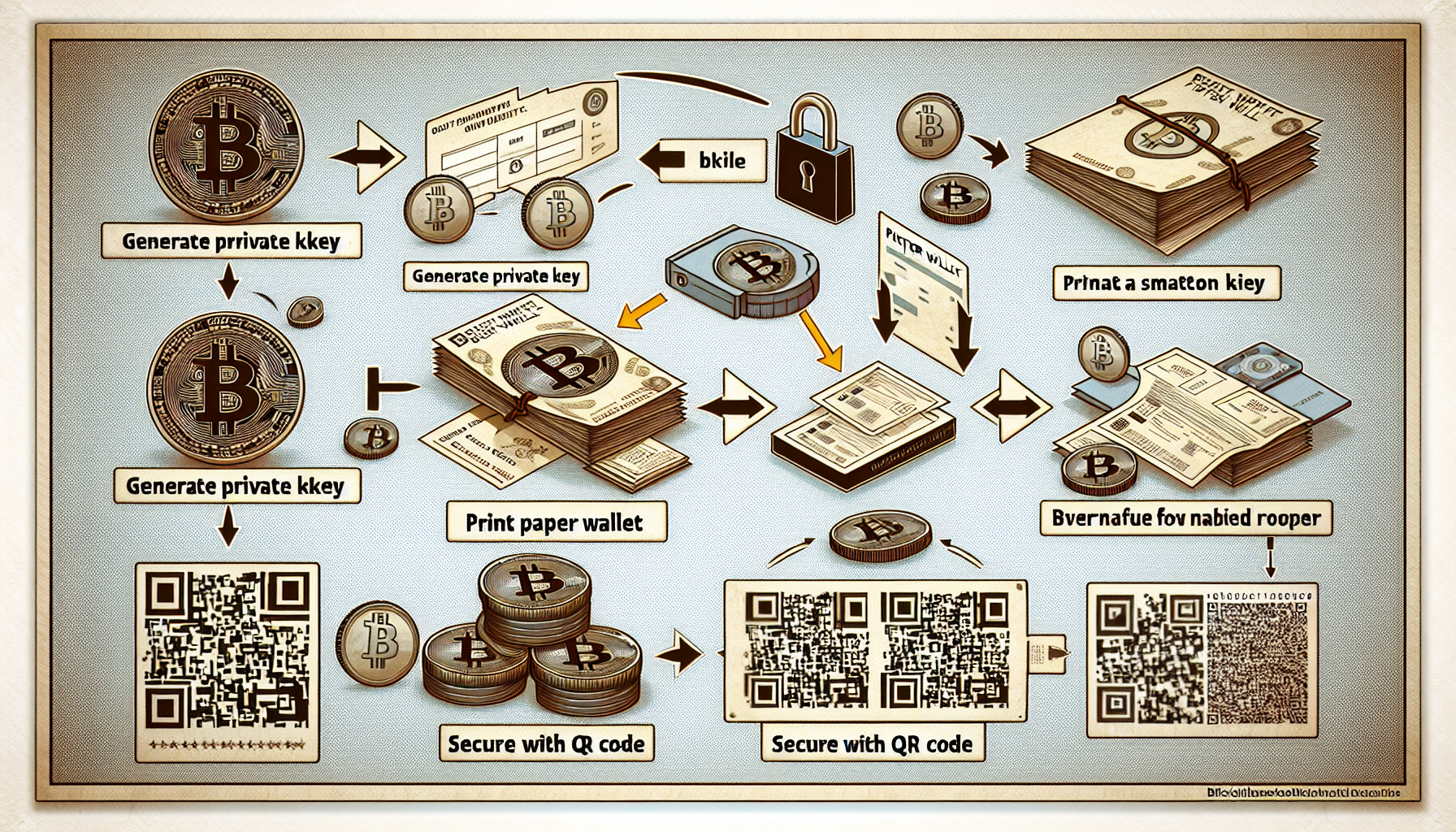Introduction: Why Secure Your Bitcoin?
Did you know that out of over 560 million cryptocurrency holders worldwide, only 23% know how to securely store their crypto assets? With the rise of Bitcoin and other digital currencies, ensuring the security of your investments has never been more crucial. A paper wallet offers a simple yet effective solution for securely storing your Bitcoins offline.
What is a Bitcoin Paper Wallet?
A Bitcoin paper wallet is a physical printout containing your public and private keys, which are essential for managing your digital currency. It comes equipped with QR codes to make the transaction process more straightforward. By using a paper wallet, you can significantly reduce the risk of online hacks that plague digital wallets.
How to Create a Bitcoin Paper Wallet?
- Choose a Reliable Paper Wallet Generator: Use trusted services like Bitaddress.org or WalletGenerator.net. Always verify the safety of the website.
- Go Offline: Ensure your device is disconnected from the internet. This extra step helps prevent exposure to malicious attacks.
- Generate Wallet: Following the site’s prompts, generate your wallet. Move your mouse around or type random keys to create entropy.
- Print Your Wallet: Once complete, print your wallet using a secure printer. Ensure that you’re printing in an environment that’s not accessible to others.
QR Code Security: An Effective Way to Handle Transactions
The QR codes embedded in your paper wallet make it easier to send and receive Bitcoin without the need to manually enter long strings of code that represent your keys. However, it’s critical to ensure the QR codes are scanned using secure devices. Consider this: if you’re at a coffee shop and use a free public Wi-Fi network, there’s a risk that someone might intercept your transaction.

Best Practices for Storing Your Paper Wallet
- Keep It Safe: Store the physical paper wallet in a secure location—ideally a fireproof and waterproof safe.
- Make Backups: Create multiple copies of the wallet and store them in different locations to guard against loss or damage.
- Never Share Your Keys: Anyone with access to your private key can access your Bitcoin. Keep this information confidential.
Conclusion: Taking Control of Your Bitcoin Security
Using a Bitcoin paper wallet can significantly enhance the security of your cryptocurrency investments. With a few simple steps, you can effectively protect your assets from cyber threats. Remember, the first step in investing in cryptocurrencies is ensuring their security. Don’t leave your investments vulnerable—
get started with your paper wallet creation today!
Disclaimer: This article does not constitute financial advice. Always consult with local regulatory authorities before taking any action regarding digital assets.
Author: Dr. Alex Thompson, a cryptocurrency researcher with over 15 published papers and led audits for recognized projects in the blockchain space.


